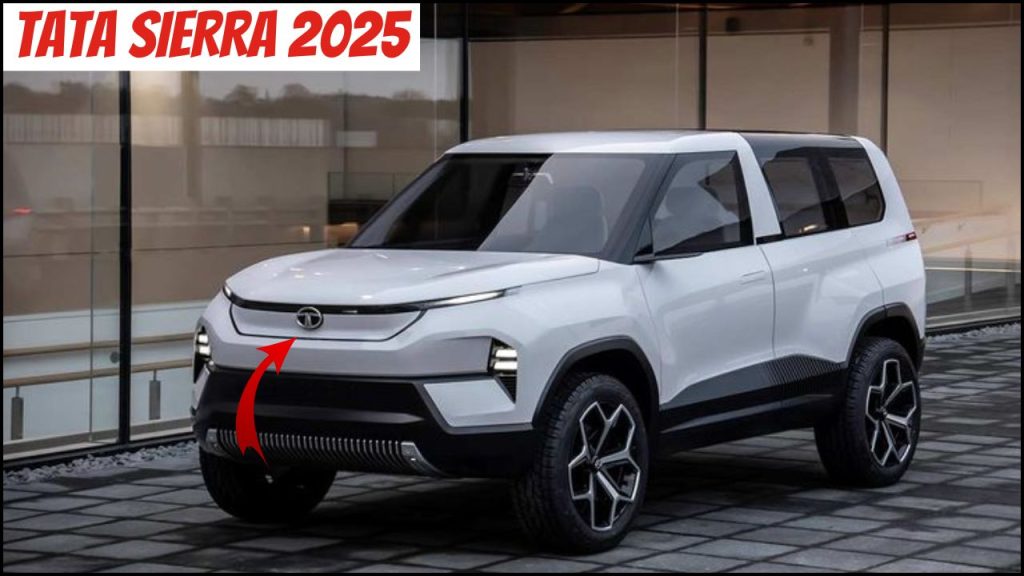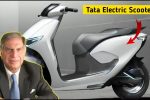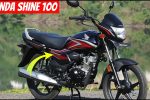
After more than two decades since its discontinuation, the legendary Tata Sierra is making a triumphant return to Indian roads in 2025. The iconic SUV that captured hearts in the 1990s has been completely reimagined, combining nostalgic design elements with cutting-edge technology and modern safety standards. The new Sierra represents Tata Motors’ commitment to reviving beloved nameplates while embracing sustainable mobility.
Design Evolution: Heritage Meets Contemporary Appeal
The 2025 Sierra brilliantly balances nostalgia with modernity. The new model retains signature curved-over rear-side windows, squarish wheel arches and high-set bonnet from the original, but presents them in a more refined package. The new Sierra gets an upright fascia with an LED light bar across the length of the face, vertically stacked headlamps, a faux skid plate, and small square inserts on either side of the front bumper.
The side profile showcases Sierra lettering on the front doors, black roof rails, body-colored B-pillars, and dual-tone alloy wheels. The rake of the roofline is much sharper on the 2025 Sierra, the front and rear overhangs are much shorter, and overall, the new model is more slab-sided and upright.
At the rear, it boasts Sierra lettering along with the signature Tata logo, a faux skid plate, a large black insert on the rear bumper, a large integrated spoiler, and a connected LED light setup. The famous panoramic glass windows that defined the original Sierra have been retained but redesigned to meet modern safety standards.
Key Design Highlights:
- LED light bars at the front and rear
- Vertically stacked LED headlamps
- Panoramic side windows (heritage feature)
- Flush-fitting door handles
- Dual-tone alloy wheels
- Connected LED tail light setup
Advanced Interior Features and Technology
The 2025 Sierra’s cabin represents a quantum leap from its predecessor. It will boast a three-screen setup, which is a first in Tata’s range of cars. The Sierra will have three screens – a digital instrument cluster, along with a central and passenger side infotainment touchscreen – all likely to be 12.3-inch units.
Other cabin highlights will include a four-spoke steering wheel with an illuminated Tata logo, ambient lighting, and the option of having 4- and 5-seat configurations. Furthermore, it will be equipped with ventilated front seats, four-spoke steering wheel, panoramic sunroof, touch-based AC controls, and a 360-degree camera.
Premium Comfort Features:
- Three 12.3-inch digital screens
- Ventilated front seats
- Panoramic sunroof
- Wireless charging pad
- Touch-based AC controls
- 360-degree camera system
- Ambient lighting
Powertrain Options: Multiple Choices for Every Need
The 2025 Sierra will be available in three distinct powertrain configurations, catering to diverse customer preferences.
Petrol Engine Options
The Sierra, in its ICE form, could be powered by the 1.5-litre Hyperion TGD-i turbo-petrol engine and the 2.0-litre Kryotec diesel engine. The petrol unit was showcased at previous expos and makes 170hp and 280Nm of torque.
There’s also a smaller engine option available. The Sierra petrol is most likely to be offered with Tata’s all-new 1.5L Hyperion turbo engine. This TGDi three-cylinder engine meets the BS6 Phase II emission regulations and complies with E20 fuel. It’s claimed to produce a maximum power of 123 bhp at 5,000 rpm and 225 Nm of torque between 1,700 rpm and 3,500 rpm.
Diesel Engine
The diesel variant will feature Tata’s proven 2.0-liter Kryotec engine, similar to what powers the Harrier and Safari. This unit comes with an electronically controlled variable geometry turbocharger and exhaust gas recirculation for optimal performance and efficiency.
Electric Variant
While the Sierra EV will be based on Tata’s Gen2 EV platform and use the acti.ev architecture, it is expected to debut later this year. It is expected to have a high-range battery pack with a claimed range of 500 km.
| Engine Type | Displacement | Power | Torque | Transmission |
|---|---|---|---|---|
| Hyperion TGDi (3-cyl) | 1.5L | 123 bhp | 225 Nm | 6-speed MT/7-speed DCT |
| Hyperion TGDi (4-cyl) | 1.5L | 170 bhp | 280 Nm | 6-speed MT/6-speed AT |
| Kryotec Diesel | 2.0L | TBA | TBA | 6-speed MT/6-speed AT |
| Electric | – | TBA | TBA | Single-speed automatic |
Safety and Driver Assistance Systems
Safety remains a cornerstone of Tata’s philosophy, and the Sierra 2025 doesn’t disappoint. Standard safety features will include ABS with EBD, ESC, speed alert system, seatbelt reminder system, and multiple airbags. It will get a Level 2 ADAS suite.
The comprehensive safety package includes:
- Multiple airbags (six as standard)
- ABS with EBD
- Electronic Stability Control (ESC)
- Level 2 ADAS features
- 360-degree camera system
- Driver attention warning
- Hill hold assist
- Electronic parking brake with auto-hold
Pricing and Market Positioning
The pricing strategy reflects Tata’s intention to position the Sierra as a premium offering. Rs. 20.00 – 25.00 Lakh is the expected price range for the ICE variants, while Rs. 25.00 – 30.00 Lakh is anticipated for the electric version.
| Variant | Expected Price Range |
|---|---|
| Sierra ICE (Petrol/Diesel) | ₹20.00 – 25.00 Lakh |
| Sierra EV | ₹25.00 – 30.00 Lakh |
Launch Timeline and Market Strategy
Before that, we expect the ICE Sierra to debut, following Tata’s strategy of launching EV variants first. The EV version is expected to be launched soon, with the ICE variants following later in 2025.
The Sierra will compete in the compact SUV segment, taking on established players like the Hyundai Creta, Kia Seltos, and potentially the Mahindra XUV700. Its unique positioning combines heritage appeal with modern technology, targeting customers who value both emotional connection and practical features.
Seating Configurations and Practicality
The Tata Sierra EV will be available with a five-seater configuration and a four-seater lounge option. This flexibility allows customers to choose between maximum passenger capacity and enhanced comfort for rear passengers.
The Sierra’s design prioritizes both form and function. While maintaining the iconic panoramic windows, the new model offers improved practicality with better ingress and egress compared to the original. However, Limited boot space when offered with three rows of seats remains a consideration for buyers prioritizing cargo capacity.
Connectivity and Infotainment
Modern connectivity features ensure the Sierra stays relevant in today’s digital age. The vehicle will offer:
- Wireless Android Auto and Apple CarPlay
- Connected car technology
- Wireless charging pad
- Advanced infotainment with three-screen setup
- Voice command functionality
Competition and Market Impact
The Sierra’s return comes at a crucial time when the Indian SUV market is experiencing unprecedented growth. It will face competition from:
- Hyundai Creta
- Kia Seltos
- Mahindra XUV700
- Tata’s own Harrier and Safari
The EV variant will compete with upcoming electric SUVs like the Mahindra BE series and other premium electric offerings.
Bottom Line
The 2025 Tata Sierra represents more than just another SUV launch; it’s the revival of an automotive icon that shaped India’s SUV culture in the 1990s. By combining the emotional appeal of the original with contemporary technology, safety standards, and multiple powertrain options, including electric, Tata Motors has created a compelling proposition for modern buyers.
The Sierra’s return demonstrates Tata’s confidence in heritage nameplates and their ability to evolve them for contemporary markets. With its distinctive design, advanced features, comprehensive safety suite, and multiple powertrain options, the 2025 Sierra is positioned to capture both nostalgic buyers and new customers seeking a unique SUV experience.
Whether you’re drawn by childhood memories of the original Sierra or attracted by its modern capabilities and electric powertrain option, the 2025 Sierra promises to deliver a perfect blend of heritage and innovation that could once again make it an automotive icon for a new generation.

Katherine Johnson is a passionate writer with a keen interest in storytelling, content creation, and creative expression. She enjoys exploring diverse topics and crafting engaging narratives that captivate readers.



